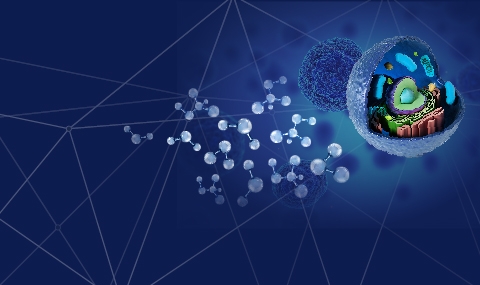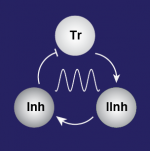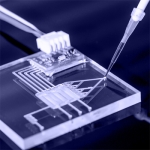Autocatalysis
Autocatalysis is a key phenomenon for the origin of life. Autocatalysis allows complex, information reach molecules, to proliferate and, thus, overcomes a core problem in understanding of the origin of life – that is dilution. We have two research directions: (i) development/discovery of new autocatalytic systems based on simple organic building blocks (e.g. nitriles, alkynes, aldehydes, etc.) and transition metals; (ii) study of chemical evolution in the recently developed thiols autocatalytic reaction.





